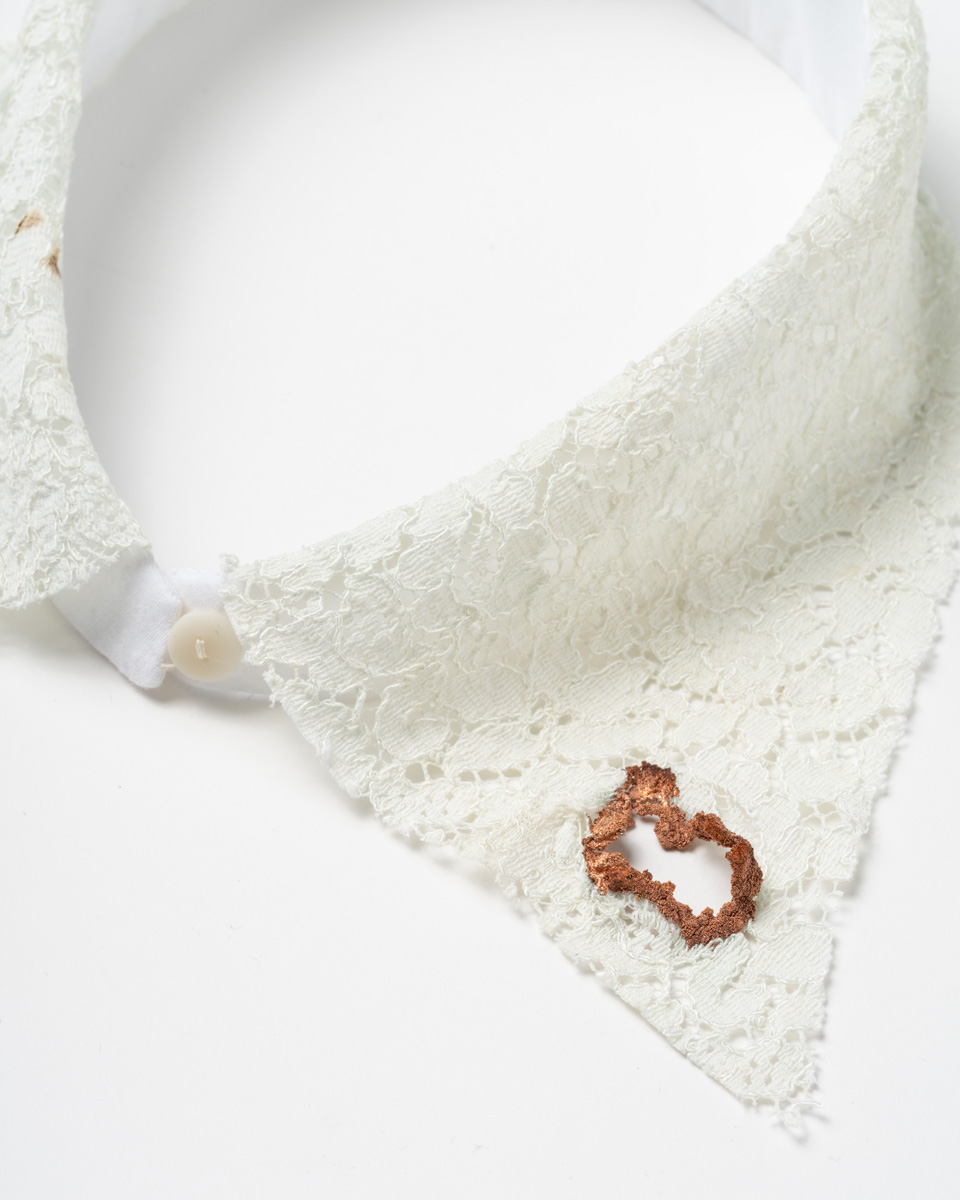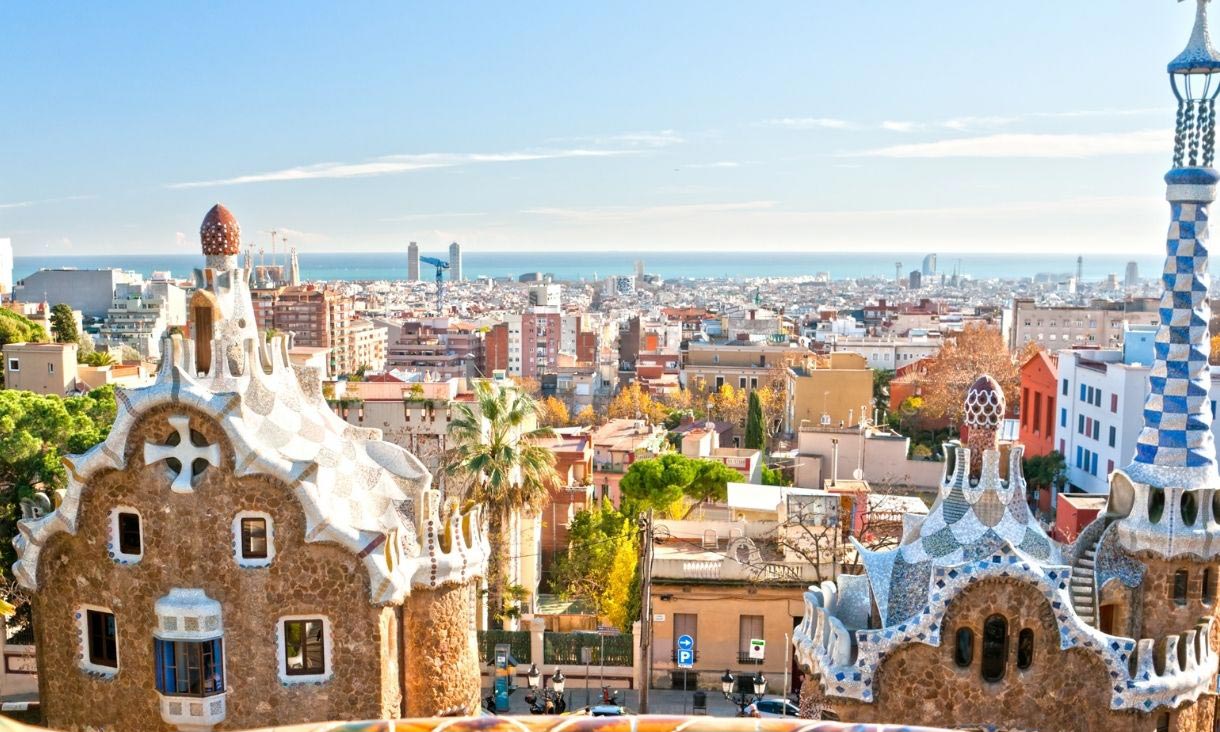Ecocide
14 Oct 2024 - 08 Nov 2024
11:00 AM - 05:00 PM
FREE
First Site Gallery
Storey Hall Basement, 344 Swanston Street, Melbourne







